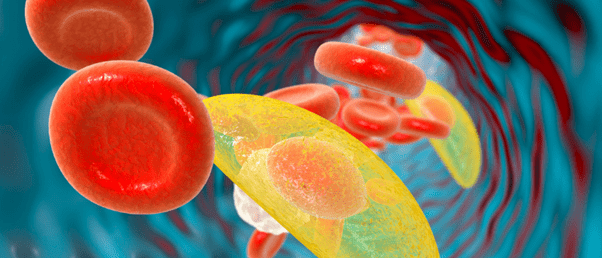New study identifies subset of T cells that regulate the immune system

Researchers find that blocking the checkpoint protein PD-L1 unexpectedly activates regulatory T cells (effector Tregs), reducing the ability of the immune system to fight off infections.
Checkpoint inhibitor therapy is a strategy to help boost the immune system to fight cancer cells by blocking proteins that normally limit T-cell activity; however, this isn’t the outcome in all patients. Now, a recent study by researchers at the University of Pennsylvania (PA, USA) has begun to explain why this might be the case.
One of the proteins blocked in checkpoint inhibitor therapy, PD-L1, should cause T-cell upregulation when blocked and lead to an improved T-cell response. However, when the group infected mice with the Toxoplasma gondii parasite, they noticed that mice with blocked PD-L1 were worse at fighting the infection than those with unblocked checkpoint proteins. “That was the opposite of what we expected,” says Christopher Hunter, who led the research group.
 How does the immune system self regulate
How does the immune system self regulate
Researchers identify a key molecule controlling two waves of regulatory T cells, which work to mediate killer T cells and protect healthy tissue surrounding infections.
The researchers discovered that blocking PD-L1 actually activates a subset of T cells called effector regulatory T cells, or effector Tregs, which are specialized to maintain homeostasis, inhibit infection-fighting T-cell proliferation and regulate immune response.
“You can think of Tregs as the health and safety inspectors of the immune system,” says Hunter. “They’re really important, but sometimes, when you need to mount an immune response against a pathogen, you need them to take a back seat. When an infection is present, we see Treg levels crash so that an effector response can emerge. But we never understood what causes that crash.”
T cells fight infection and will destroy cancer cells; however, the immune system also regulates these cells to prevent any uncontrolled inflammation that could damage healthy tissue – and Tregs are one of these protective methods. Hunter describes this as the body ‘regulating the regulators’ so understanding how to control effector Tregs as well as T cells is needed to design effective checkpoint inhibitor therapies.
The researchers explored their unexpected results to understand what causes the crash in effector Treg numbers normally seen in uninhibited PD-L1 mechanisms.
They discovered that the signaling molecule interferon gamma activates PD-L1, which causes a decline in Treg numbers. The presence of the PD-L1 inhibitor lessened this signaling mechanism, preventing the vital decline in Treg numbers. “It seems that the effector T cell versus Treg ratio is really important,” adds Hunter. Just like there are different ‘normal’ T cells, there are also many different types of Tregs, including those that express PD-1 which the researchers termed ‘effector Tregs’. Hunter explains that “it’s possible that some checkpoint inhibitor treatments have been inadvertently targeting these Tregs and not others, leading to unexpected outcomes,” and, in fact, have been restraining the cancer-killing T cells.
The research team will continue to investigate these immune pathways, and those involving other checkpoints. These findings could refine cancer checkpoint inhibitor therapies, and also be used to find novel ways of treating autoimmune diseases.